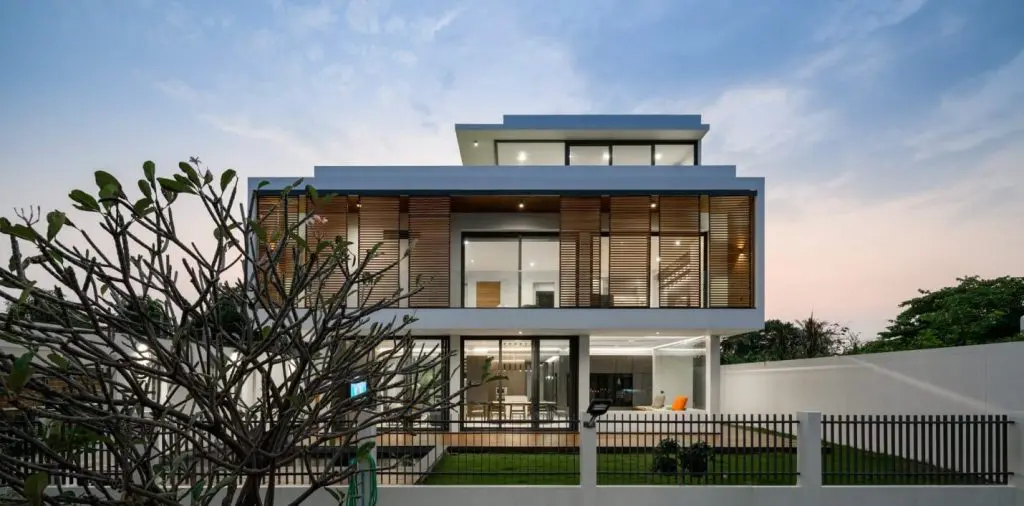
It’s high time that louvre shutters aren’t just considered as shutters in your house. Instead, they should be regarded as elements that elevate the aesthetics of the facades and fenestrations.
Louvre shutter is an incredible example of a traditional element transformed into a modern design.
As such, it is increasingly becoming popular over the years, especially in Indian homes. Apart from their aesthetic purposes, louvre shutters serve a variety of functional and practical purposes as well. Here, we will discuss why it is always a better option to install louvre shutters in your homes.
What is a Louvre Shutter?
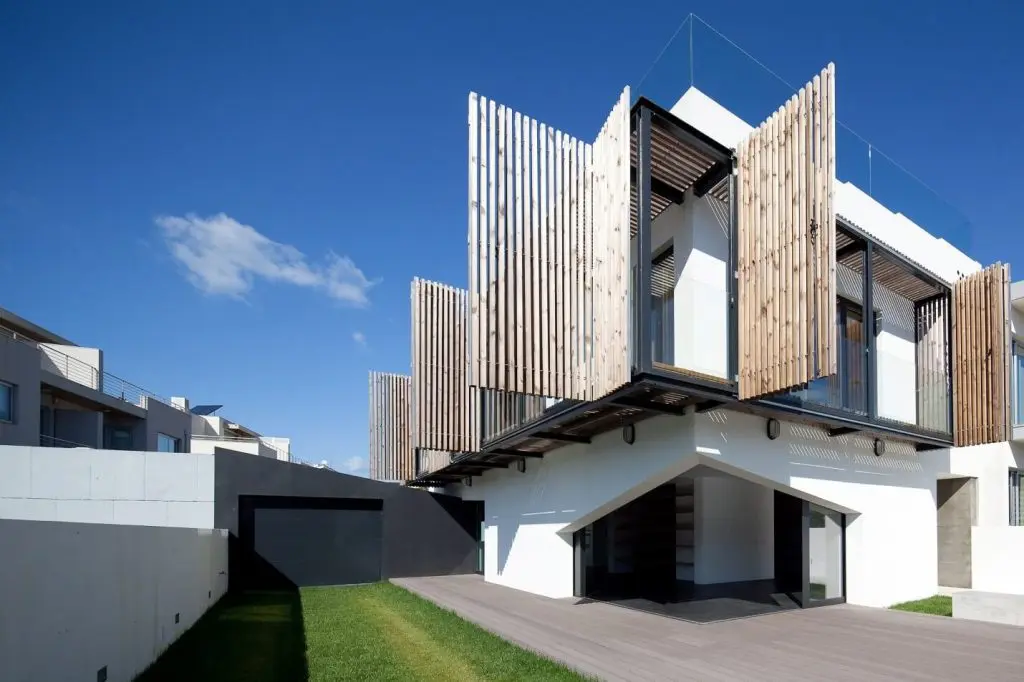
Louvre shutter is an arrangement of parallel horizontal or vertical slats or blades made up of various materials such as glass, wood, etc. These shutters are often used for doors, shutters, and even closet doors to allow air and natural light in while keeping harsh sun rays and moisture out.
Louvre shutters are available in various types and sizes. The angle of the louvre slats may be adjustable, usually in blinds and shutters, or fixed. Some of the popular louvre shutters are adjustable, wide-bladed, narrow-bladed, sliding, and bi-folding louvre shutters.
Pros of Installing Louvre Shutter
Provide Ventilation:
Louvre shutters are an excellent ventilation system. The main purpose of louvre shutters is to allow air to circulate through them. It is rather an opening in the wall for this purpose instead of being designed to serve as a window. There’s also an added benefit of the shutters blocking water, dirt, and debris while allowing the air in.
Provide Natural Lighting:
One of the best things about louvre shutters is that they allow natural light in all the while reducing the glare and harsh sun rays. Even during night hours, you get more light from the louvre shutters.
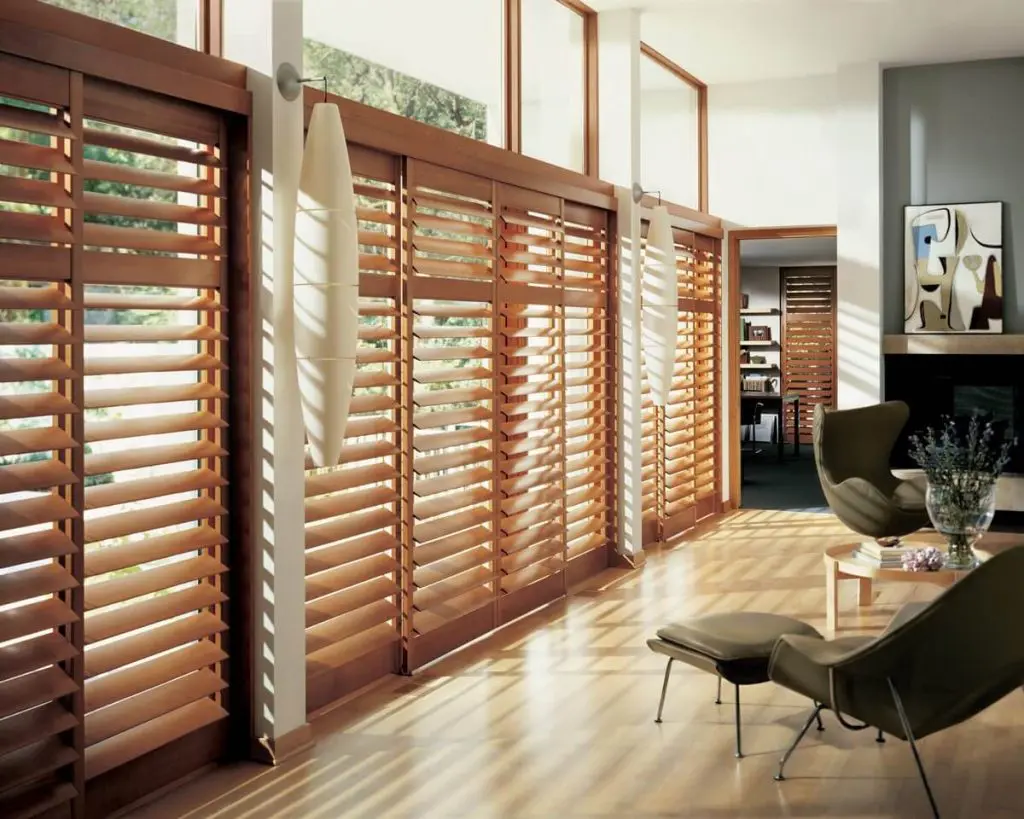
Aesthetics:
The fact that louvre shutters not only add a classic appeal to a house but also looks timeless plays a huge role to make it so popular in India. Their distinctly different appearance from other shutters also means that they add a unique touch to the space.
Cut-Down Cooling Costs:
Louvre shutters are always thought to be suitable for places with warmer climates. By allowing the building occupants to control the amount of solar energy entering your fenestrations, louvre shutters cut down the cooling costs quite efficiently.
Versatile:
Not only does louvre shutters look good in any kind of building or design style, but it can also enhance the aesthetics regardless of the space. That is why, louvre shutters work throughout the house, from living rooms to laundry rooms, and also every room in between.
Light and Privacy Management:
Installing a louvre shutter means you have complete control over privacy, light, and airflow. Louvre shutters let you do all that while helping keep your home cool.
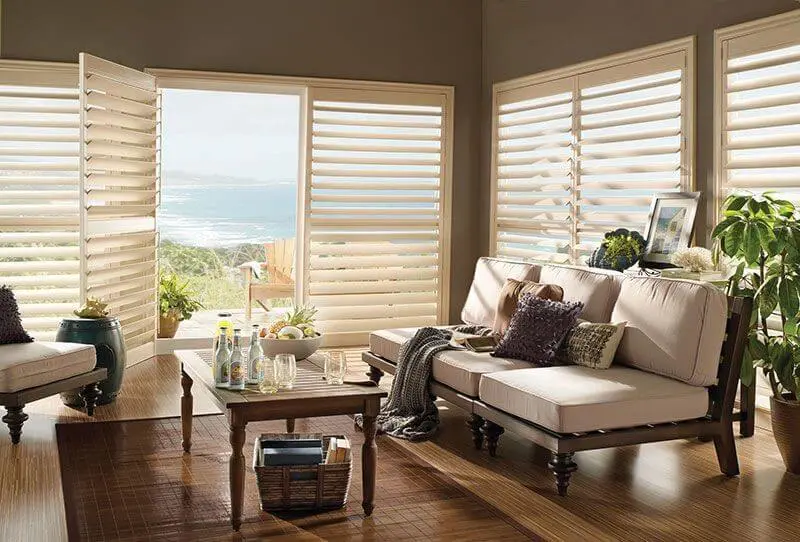
Cons of Installing Louver Shutters
Unsuitable for Winters:
While it is true that louvre shutters work extremely well to lower the indoor temperature in summers, it is not a good thing when the same happens in winters. It provides natural light but also allows heat to escape.
Difficult to Maintain:
Compared to solid shutters, where you just have to clean the surface, louvre shutters seem more difficult to maintain. Cleaning the slats one by one can be quite time-consuming.
Is the Functional Purpose of Vertical and Horizontal Louvre Shutters Different?
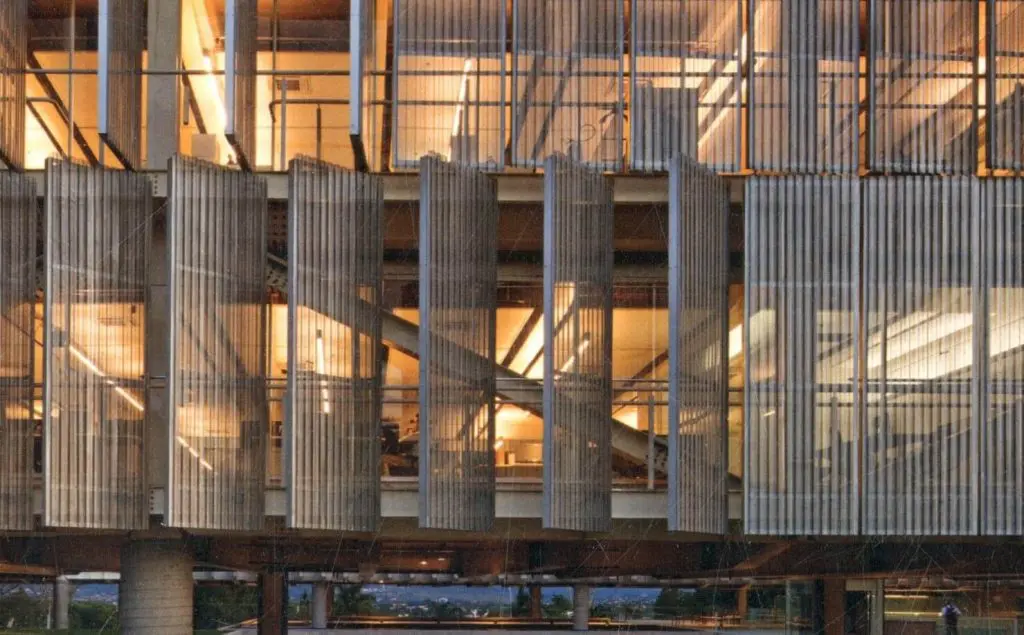
Vertical and Horizontal Louvre Shutters are visually very different from each other. Simply changing the angle of the slats changes the aesthetic of the louvre shutters by a great deal.
This gives rise to the confusion that even the functional purposes of the two are different. However, both vertical and horizontal louvre shutters are fundamentally the same when it comes to controlling light, privacy, and ventilation.
Common Materials used in Louvre Shutters
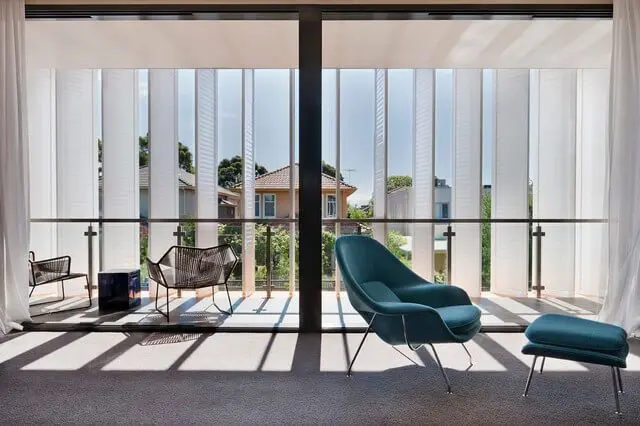
Modern louvres are usually made of aluminum, metal, wood, or glass. Glass and metal slats are more common in commercial buildings and other urban projects. Whereas, aluminum and timber are more common in homes especially in tropical climates so they can provide sun protection.
The sizes of the blades or slats are customized according to the user’s need of regulating airflow or light penetration. The width of one blade usually varies from 47mm to 89mm. Among all sizes, 64mm, which is usually considered moderately wide, is the most popular choice.
By: Tulisha srivastva





